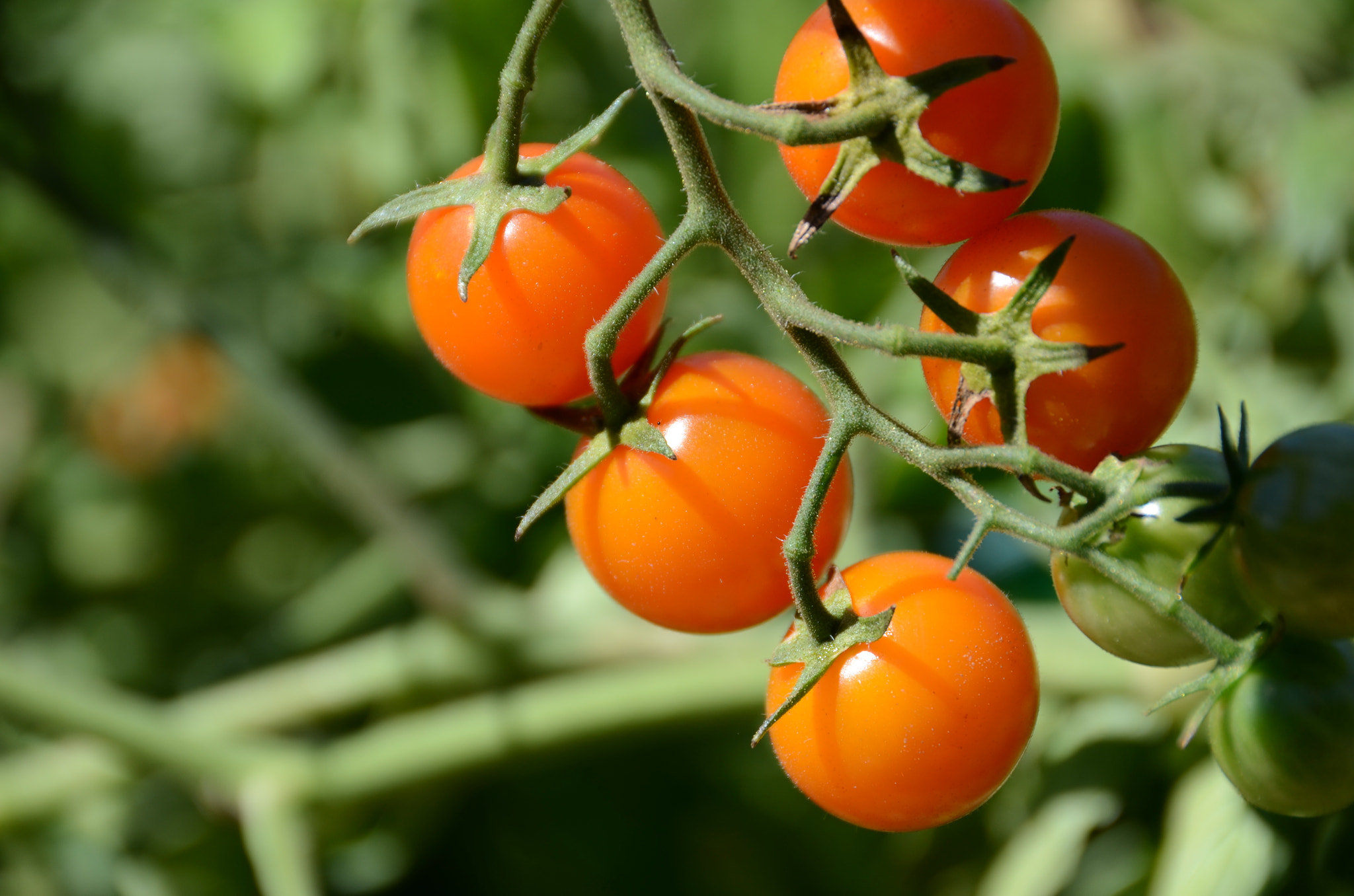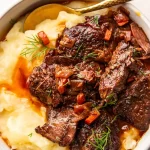Easter is a time of renewal, celebration, and feasting with loved ones. While eggs, lamb, and sweet treats often take centre stage, tomatoes also have a special place in Easter traditions across different cultures. Here are three ways tomatoes play a role in Easter cuisine, that you may not have known!
- A Symbol of Freshness & Rebirth
Easter falls in spring, a season of renewal, and tomatoes embody this perfectly. While they are a summer crop in many regions, the arrival of warmer weather brings fresh, vibrant dishes. In Mediterranean countries, Easter feasts often feature tomato-based salads and light, refreshing starters that highlight the season’s bounty. Dishes like tomato and burrata salad or bruschetta with basil and olive oil symbolize the freshness of spring and the joy of Easter gatherings.
- A Key Ingredient in Traditional Easter Meals
In many cultures, tomatoes form the base of rich and comforting Easter dishes. In Greece, lamb in tomato sauce is a favourite, where slow-braised lamb is cooked with tomatoes, garlic, and warm spices. In Italy, tomato-based pasta sauces such as sugo al pomodoro or puttanesca are served alongside Easter roasts. These tomato-based dishes bring warmth, depth, and a comforting touch to Easter tables.
- A Versatile Addition to Easter Leftovers
Easter meals often leave plenty of leftovers, and tomatoes help transform them into delicious new dishes. Leftover roasted meats can be tossed into a tomato-based pasta or soup, while extra boiled eggs from Easter celebrations pair beautifully with a fresh tomato and herb salad. The natural acidity and sweetness of tomatoes enhance flavours, making them the perfect ingredient for creative post-Easter meals.
While tomatoes may not be the first food that comes to mind when thinking of Easter, they play a vital role in adding freshness, richness, and versatility to the holiday menu. Whether in a light spring salad, a hearty braised lamb dish, or a creative way to use leftovers, tomatoes are a hidden star of Easter feasting!







